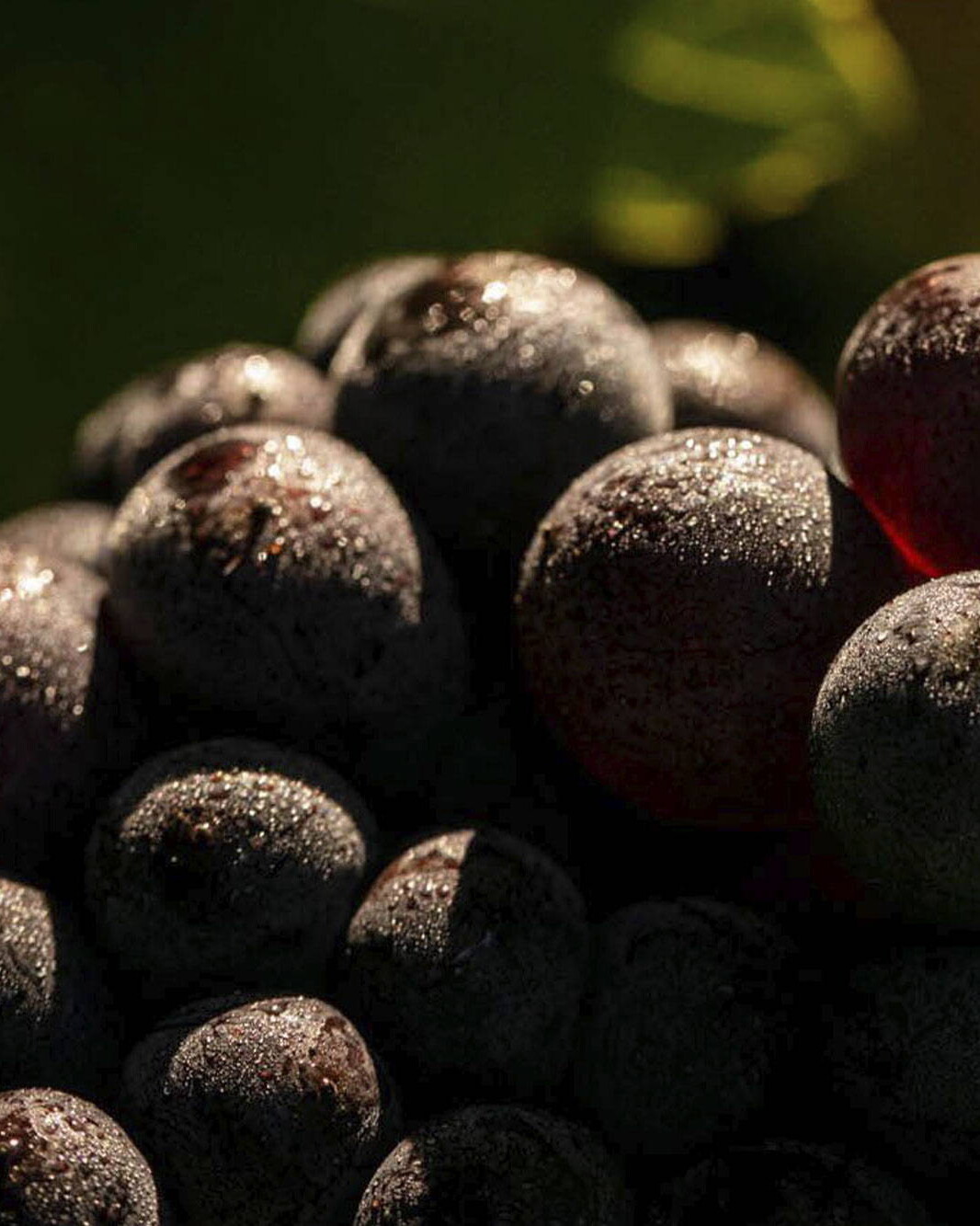It’s no secret that Champagne has held the crown of sparkling wines for centuries, but English sparkling wines are starting to challenge that status. When you have wines like Nyetimber and Gusbourne in the ring, you begin to realise how close the competition has become. This tasting was about exploring how two standout English bottles stack up against the French classics – Pol Roger and Taittinger. Here’s how it went.
The Wines
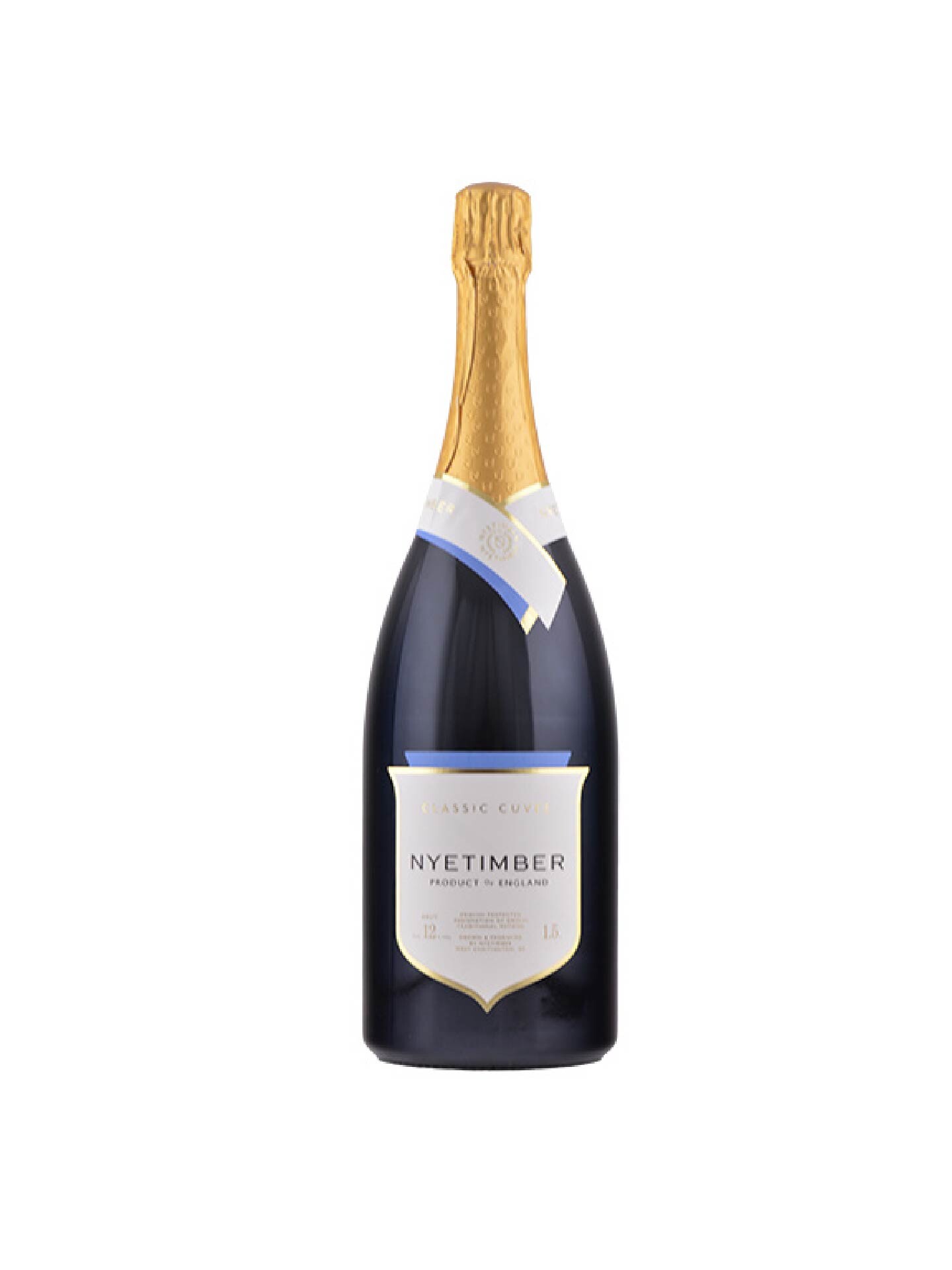
Nyetimber Classic Cuvée 2010
(West Sussex, England)
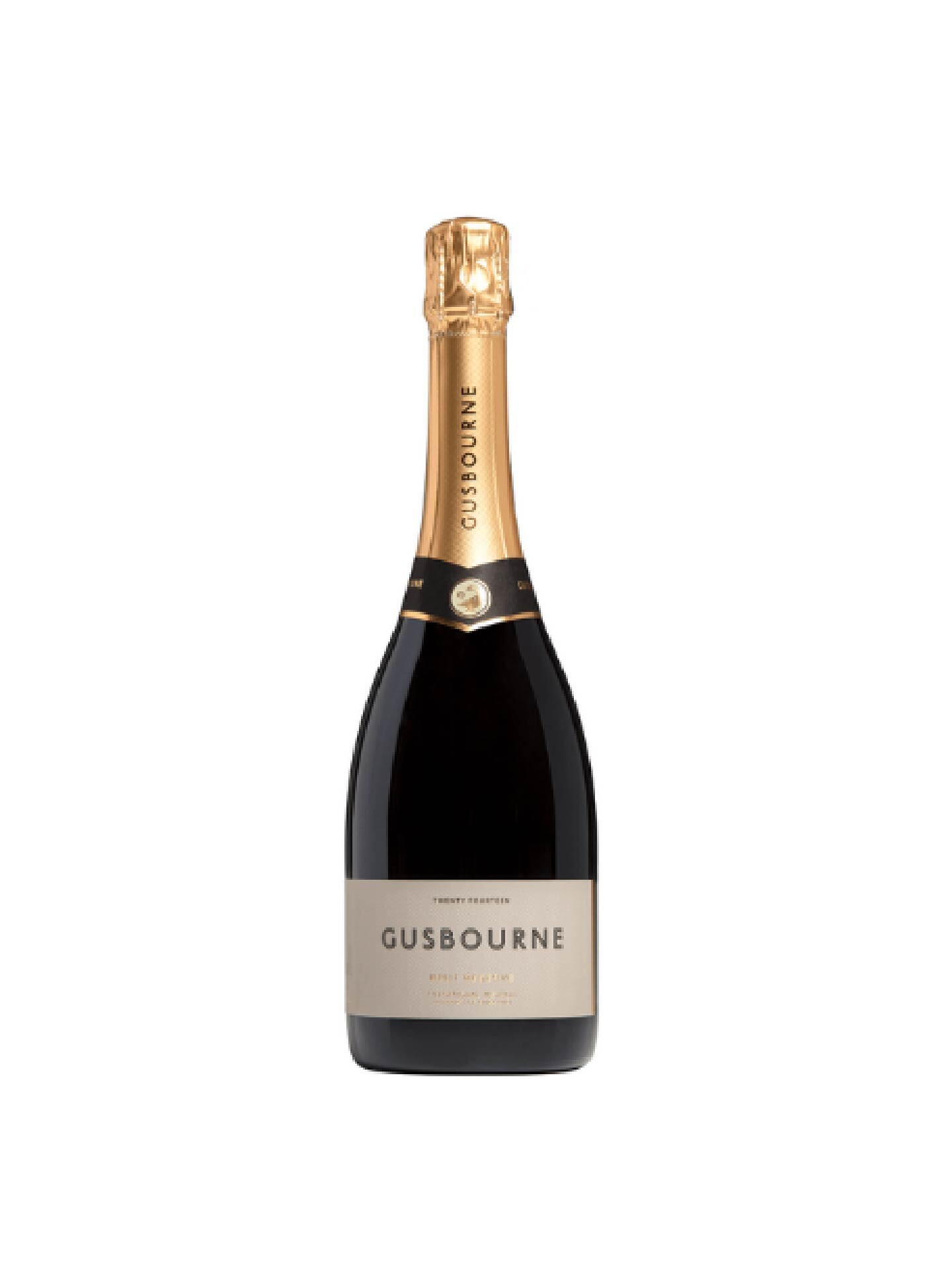
Gusbourne Blanc de Blancs 2016
(Kent, England)
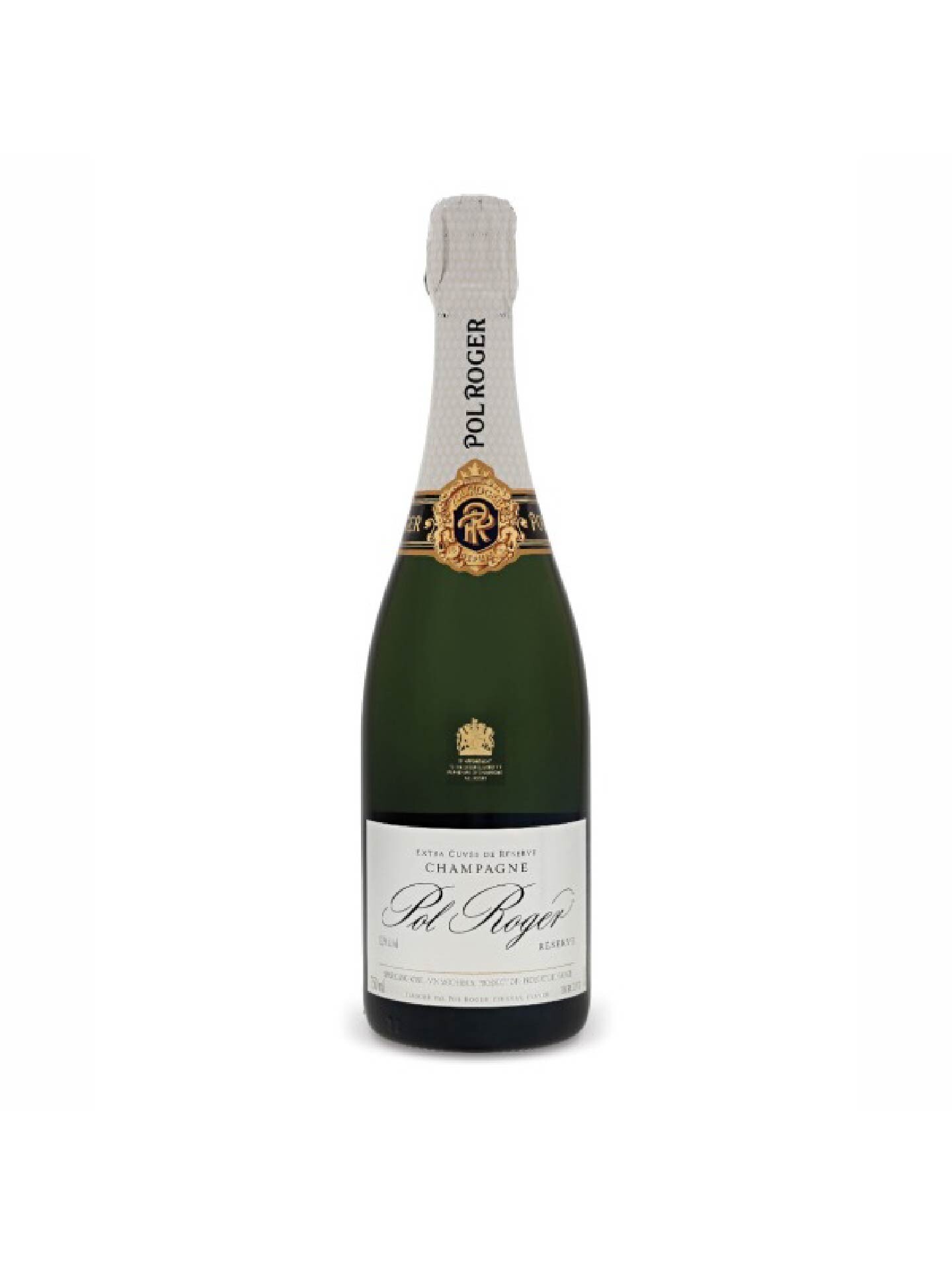
Pol Roger Brut Réserve NV
(Épernay, Champagne)
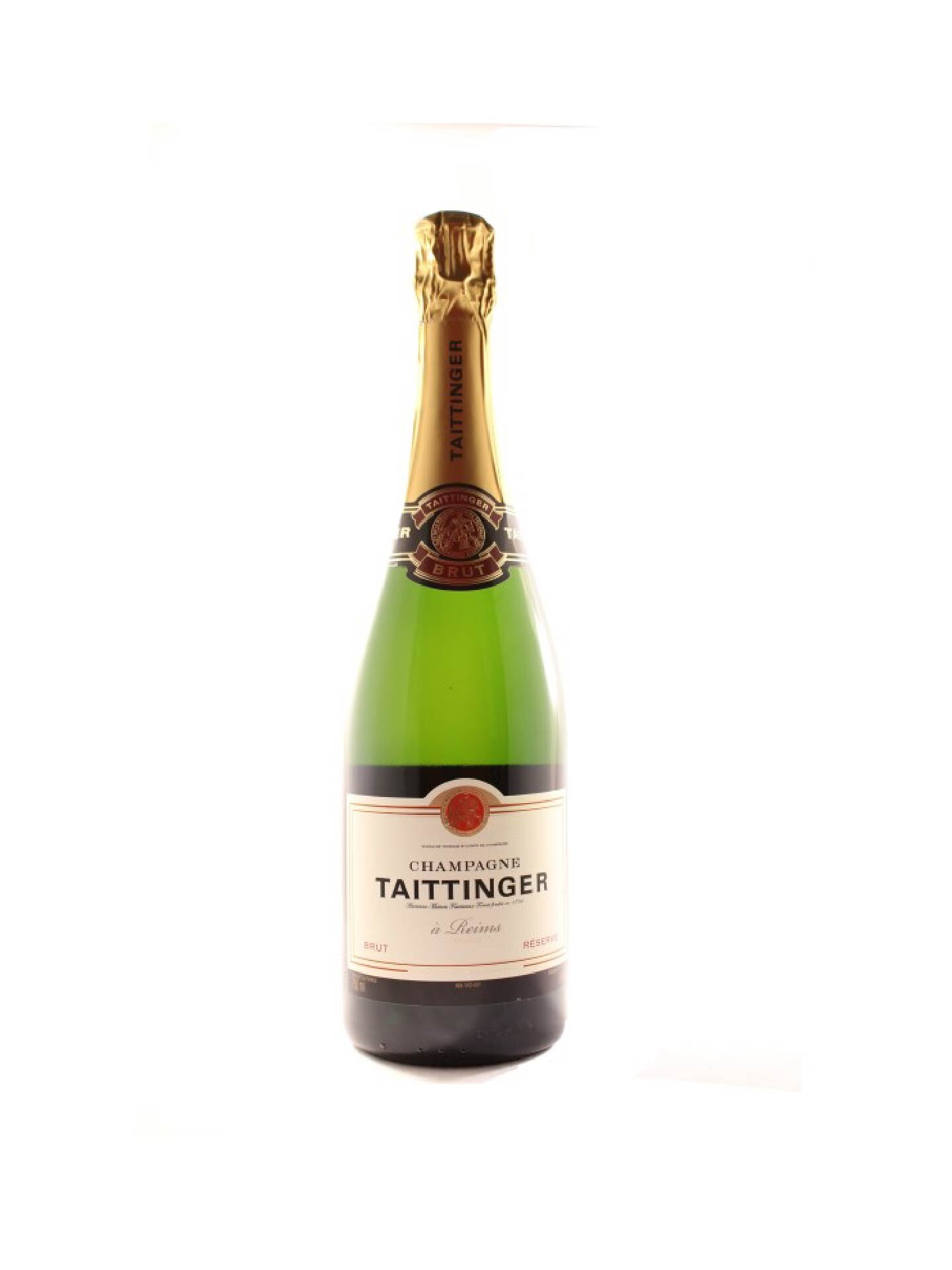
Taittinger Brut Réserve NV
(Reims, Champagne)
First Sip: Acidity
English sparkling wines have this vibrant, sharp acidity that feels like they’ve captured the very essence of a cool, crisp English morning. With Nyetimber’s Classic Cuvée, you get that straightaway—zesty citrus with a backbone of green apple. It’s punchy but not in an aggressive way, more like it’s keeping your palate on its toes.
Then you’ve got Gusbourne’s Blanc de Blancs, which dials the acidity up a notch. Made from 100% Chardonnay, it’s lean and precise, with a zing that cuts through with serious intent. That electric sharpness makes you want to go back for another sip immediately—almost like the wine is waking you up with each mouthful.
Now, flip to the French side, and things are more restrained. Pol Roger has a more laid-back acidity, not as sharp as the English duo. It’s fresh, sure, but there’s a softness there, rounding things out, giving the wine a more elegant flow across the palate. It’s almost like Pol Roger is offering you a cushion to land on, whereas Nyetimber and Gusbourne are more about keeping you alert.
Taittinger has a similarly mellow approach—bright, but nothing that’s going to jolt you. It’s a perfect example of Champagne’s ability to balance acidity without losing freshness.
Minerality: That English Earthy Edge
Here’s where English sparkling wines are making a name for themselves: minerality. The soils in southern England, especially the chalky terroir, give wines like Nyetimber and Gusbourne a distinct, almost stony quality. With Nyetimber, there’s this underlying salinity that makes you think of sea breeze and wet stones. That minerality runs throughout the wine, adding depth without overpowering the fruit.
Gusbourne, while still mineral-driven, is more subtle in that department—flinty, yes, but more focused on the fresh, pure fruit flavours. It’s a bit more delicate, like a summer breeze over the Kent countryside.
Pol Roger’s minerality is more refined—like a quiet echo rather than a strong statement. It’s there, but it’s softer, more integrated into the whole experience. Taittinger, on the other hand, leans more towards richness and creaminess, with less emphasis on minerality altogether. You’re getting more floral and ripe fruit notes here, and the minerality takes a backseat.
Flavour Depth: The Layered Experience
Nyetimber’s Classic Cuvée is wonderfully layered. The first thing that hits you is the fruit—citrus and pear—but as it sits in the glass (and as you sip), there’s a shift towards richer notes. You start picking up honey, hazelnut, and that classic brioche touch from the lees aging. It’s a wine that evolves in the glass, which is always a good sign, especially if you’re sitting with it for a while.
Gusbourne is more focused, sticking to citrus and green apple with a slight hint of freshly baked bread. While it doesn’t have quite the complexity of Nyetimber, it’s incredibly pure. It knows exactly what it is—sharp, clean, and beautifully expressive.
Over in Champagne, Pol Roger is pure indulgence. The flavours are broader, richer—think toasted almonds, vanilla, and brioche. There’s a lot going on, but it’s all tied together beautifully. That’s the magic of Champagne’s longer aging; it brings out all those luxurious secondary flavours that just scream elegance.
Taittinger is softer, more about white flowers, stone fruits, and a touch of lemon curd. It doesn’t push as many flavour boundaries as Pol Roger but maintains that same silky smoothness. If you’re after something gentle and easy-drinking, Taittinger’s your go-to.
The Final Pour
You know, this comparison wasn’t really about finding a “winner”—it’s more about realising how much English sparkling wines have carved their own identity. Nyetimber and Gusbourne are unapologetically fresh, vibrant, and minerally, making them fantastic food-pairing wines. The sharper acidity makes them versatile and a joy to drink with seafood, cheese, or even something as simple as salted nuts.
On the other hand, if you’re after that luxurious texture and a more decadent flavour profile, Champagne will always deliver. Pol Roger, with its depth and richness, is perfect for celebrating (or just treating yourself). Taittinger offers something a bit softer, more floral—ideal for those who want elegance without the intensity.
So, the next time you’re staring at a shelf trying to decide between an English sparkler and a classic French Champagne, think about what kind of experience you’re after. If it’s bright, zesty, and full of energy, English wines are absolutely worth exploring. If you want something a bit more polished and indulgent, Champagne will always be there, ready to deliver.
November 8, 2025
The Best English Sparkling Wines for Christmas 2025
Read More



